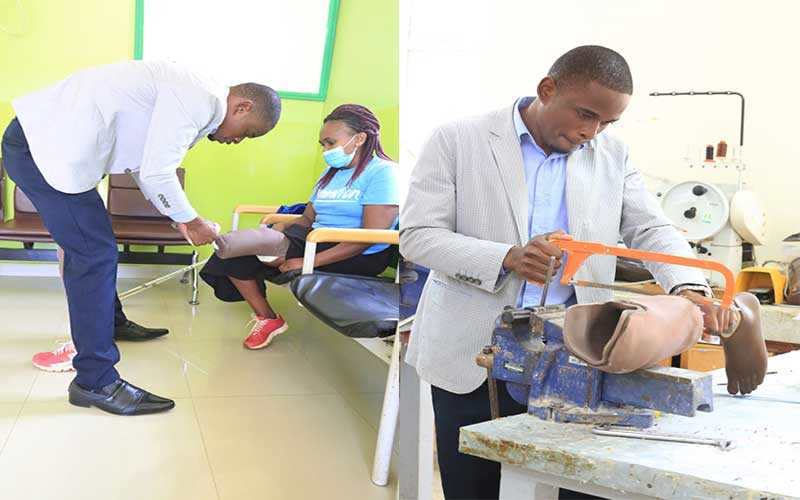×
The Standard e-Paper
Stay Informed, Even Offline

Dr Seith Simiyu fits an artificial limb to a patient at the Cure Hospital orthopedic workshop. [George Njunge, Standard]
Alice Gitau,32, a single mother from Muranga, stepped on a rusty nail in Nairobi 10 years ago and failed to get a tetanus jab in good time.